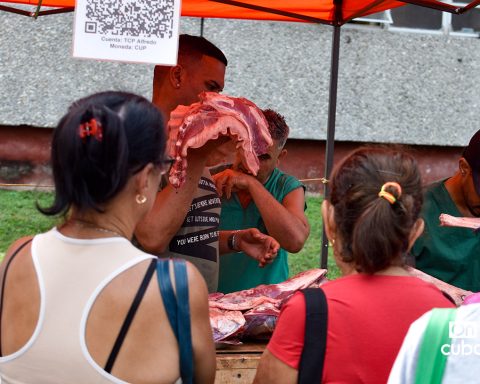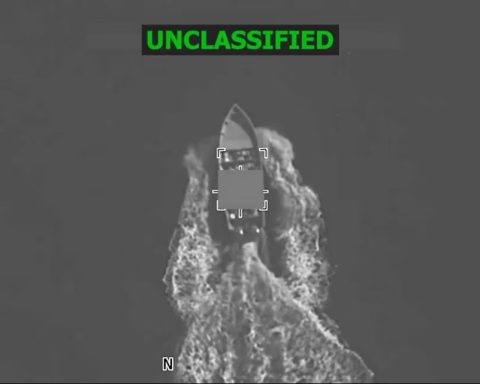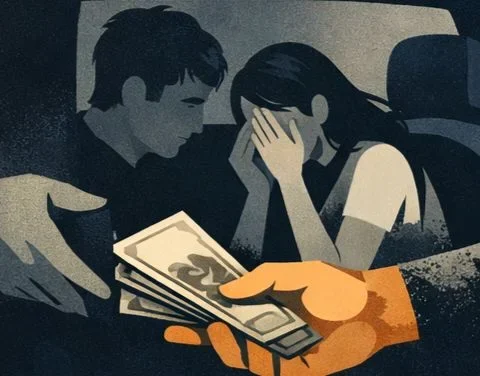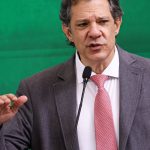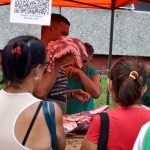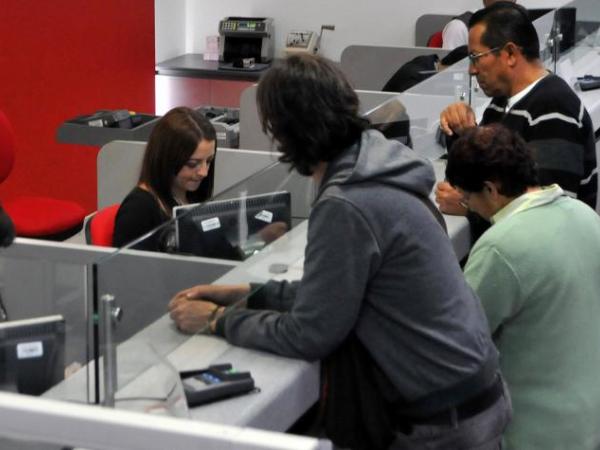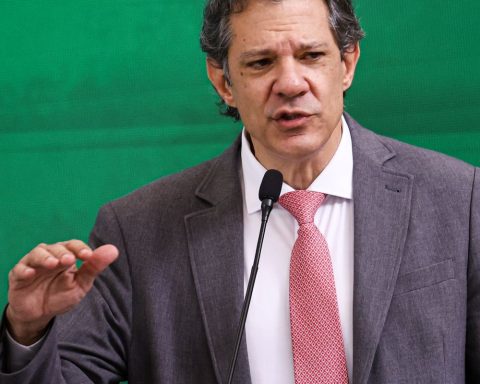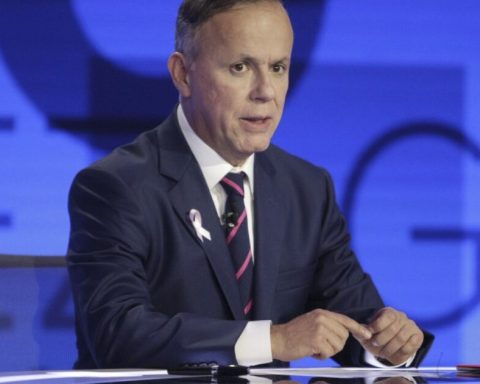North Korea reported this Friday about 263,370 new cases of fevers potentially linked to COVID-19which means that more than 2 million of its citizens could have been infected since the virus apparently began to circulate at the end of April.
The state agency KCNA detailed that a total of 2.24 million people (almost 10% of the population) have already contracted fevers and that 1.48 million have recovered and some 754,810 are receiving treatment.
It also reported that another two people have died possibly from COVID-19, making a total of 65 since the country confirmed the first detection last week.
The figures point to a very rapid transmission in a country in which geographic mobility is greatly reduced due to the limitations imposed by the government and the lack of infrastructure, and in turn indicate an excessively low mortality compared to countries that have suffered the onslaught of Omicron.
The South Korean National Intelligence Service (NIS) considers that many of these “fevers” are due to measles or typhoid fever and that the North Korean authorities also count them to reassure the population and convey the idea that everything is being monitored. potential case.
The NIS also estimates that the peak of the current wave in North Korea could come between the end of May and the beginning of June.
WHO concerned about strong outbreak of COVID-19 in North Korea
The North Korean government seems to be limiting the movement of people outdoors as much as possible, although satellite images taken from the borders and information from North Korean media indicate that agricultural, construction and factory activity continues.
Even so, the situation is worrying because of how contagious the detected Omicron subvariant (BA.2) has proven to be and because the country, which has little testing capacity, has rejected the donation of almost five million doses of vaccines. and does not seem willing to accept new offers in this regard.
Most experts believe that Pyongyang, which has rejected offers of humanitarian aid from Seoul and Washington, is already getting supplies from China and possibly accepting shipments from international organizations, although it does not seem interested in receiving vaccines at the moment.
Accepting vaccines would imply opening the borders – which the country has closed since 2020 – to foreign personnel to advise on an inoculation plan on a national scale.

